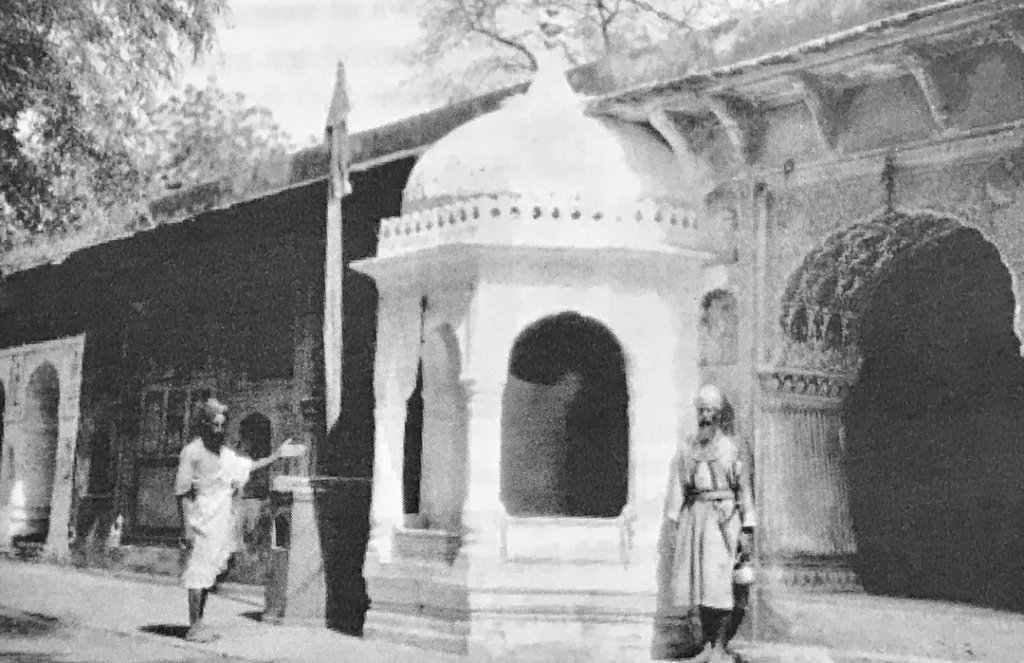Explore Kanakval Kalan, sacred to Guru Tegh Bahadur. Visit Gurdwara Sahib Nauviri Patshahi, a spiritual site in Punjab.
Explore the legacy of Jambar Kaian's Gurdwara Dukh Nivaran in Lahore, once a vibrant site of worship, now a memory post-1947 partition.
Explore Akal Bunga, the iconic site housing the Akal Takht in Amritsar, a symbol of Sikh religious authority. Learn its role and history here.
DES RAJ. BHAI, a Khatri Sikh of Amritsar, was entrusted with the supervision of the reconstruction of the Harimandar during the sixties and seventies of the eighteenth century. Nothing is known about his early life or family except that he originally came from Sursingh village, 30 km southwest of Amritsar, from where he migrated to the town and flourished in business, with a reputation for honesty and truthfulness. When the Sikhs sacked Sirhind in January 1764 and allocated several hundred thousands rupees from the plunder for the restoration of Sri Harimandar Sahib at Amritsar, demolished by Ahmad Shah Durrani two years earlier, they assigned Bhai Des Raj to undertake the reconstruction.
Explore Jand Sahib Gurdwara near Bathinda, marking Bhai Rupa's devotion to Guru Hargobind. Discover its rich history, festivals, and cultural significance.
Explore the legacy of Parduman Singh Giani, the key figure in managing the historic Sri Darbar Sahib, Amritsar. Discover his journey amidst royal intrigues.
Discover the rich history of the Sikhs in 'Twankh Guru Khalsa,' chronicling their journey from origins to the British conquest. A must-read by Giani Gian Singh.
ADAM, BHAI, also mentioned as Uddam in some chronicles, was, according to Giani Gian Singh, Twarikh Guru Khalsa, a Siddhu Jatt of Brar clan living at Vinjhu, a village near Bathinda (30°-14`N, 74°-58\'E). He had no male child and, advancing in years, he along with his wife came to Amritsar to devote himself to serving Guru Ram Das. Besides partaking of the holy sangat morning and evening, he daily brought two loads of firewood from the jungle, one of which he contributed to the Guru ka Langar, selling part of the second to buy food for himself and storing the remainder. Once on an extremely cold night a large number of Sikhs arrived to visit the Guru.



